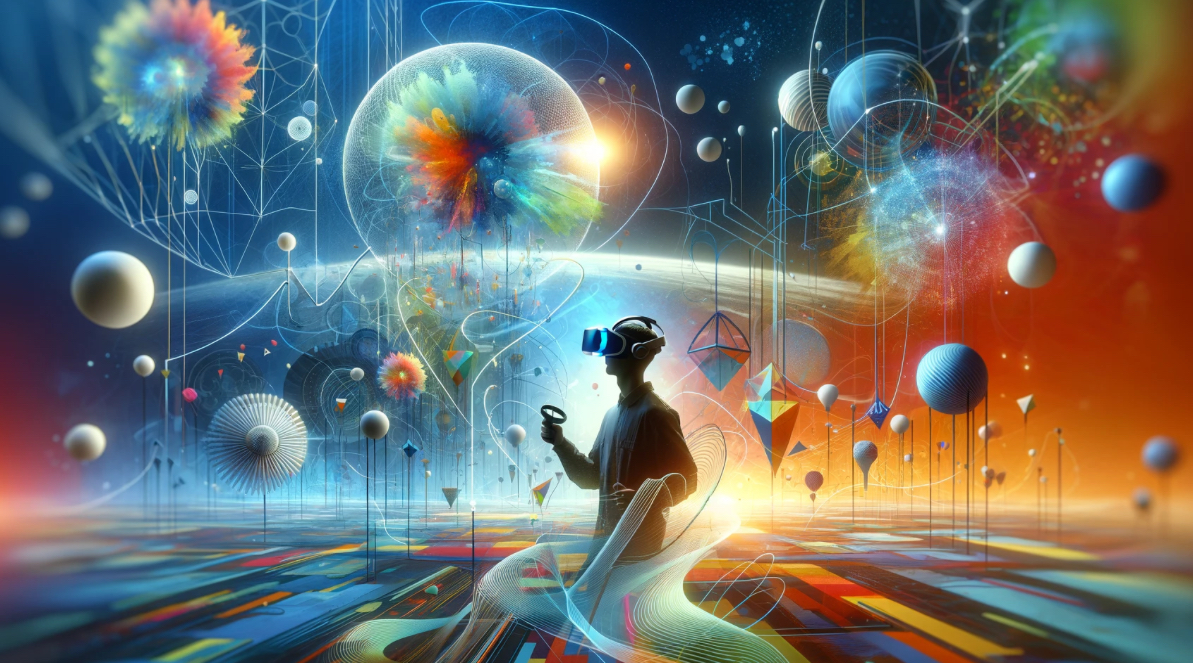Virtual Reality: Is It Really the Future of Digital Entertainment?
The advent of virtual reality (VR) technology has ushered in a transformative era in the realm of digital entertainment, offering unprecedented immersive experiences that promise to redefine our interaction with digital content. Just as platforms such as luckystar online casino are pioneering new interactive online experiences, VR technology is poised to merge the digital with the tangible, offering a seamless blend of virtual and physical realities that enhance user engagement and immersion.
Elevate your gaming experience with Fun888’s state-of-the-art platform. Enjoy seamless gameplay, secure transactions, and 24/7 customer support at Fun88 , your trusted gaming destination.
Interactive Entertainment: A Paradigm Shift
The transition to interactive and immersive forms of entertainment marks a pivotal change from the traditional, passive engagement with digital media. Virtual reality (VR) is leading this shift, transforming not just gaming but also creating an innovative narrative platform. In this new realm, the audience isn’t just observing; they’re integral to the narrative, actively shaping the story and its conclusions. This evolution is detailed in the table below, highlighting the fundamental differences between traditional digital entertainment and the interactive experiences enabled by VR.
Traditional vs. VR-Enabled Interactive Entertainment:
|
Aspect |
Traditional Digital Entertainment |
VR-Enabled Interactive Entertainment |
|
Engagement |
Passive consumption; viewers watch or listen without influencing the outcome. |
Active participation; users can interact with and influence the virtual environment. |
|
Narrative Structure |
Linear storytelling; the narrative unfolds in a predetermined sequence. |
Dynamic storytelling; narratives can change based on user decisions and interactions. |
|
Sensory Experience |
Primarily visual and auditory; limited to what is presented on the screen. |
Multi-sensory; includes visual, auditory, and potentially tactile feedback, creating a more immersive experience. |
|
User Role |
Spectator; the audience observes the content without affecting its progression. |
Participant; users are characters within the story, with their actions impacting the narrative. |
|
Immersiveness |
Limited by the frame of the screen; the sense of immersion is often broken by the awareness of the real world. |
Enhanced immersiveness; VR creates a convincing sense of presence in a digital world, significantly reducing awareness of the real world. |
|
Accessibility |
Generally high; most digital content can be accessed with common devices like TVs and computers. |
Emerging; requires specific VR hardware, which may be a barrier to entry for some users. |
Personal Insights: Discovering the VR Universe
Reflecting on my initial foray into the world of VR, the experience was nothing short of magical. Donning the VR headset was akin to crossing into an alternate universe, where each gaming session became a personal odyssey. This firsthand experience underlines the transformative potential of VR in revolutionising not only gaming but the entire spectrum of digital entertainment, making it more captivating and interactive.
Elevating Gaming to New Dimensions
The integration of VR into the gaming world opens up thrilling new possibilities, moving beyond traditional gameplay to create fully immersive environments. Envision wearing a VR headset and being transported into a lifelike gaming arena, where playing ls payment methods is no longer a flat-screen experience but a rich, multi-dimensional interaction. This leap forward in gaming technology is about more than just visual enhancements; it’s about creating a comprehensive sensory experience that replicates the intricacies of a physical gaming environment, complete with the tactile sensations of game tables and the ambient sounds of a bustling casino.

Navigating the VR Landscape: Challenges and Opportunities
Despite VR’s vast potential, the path to widespread adoption is fraught with challenges, including the high cost of entry and the complexity of the required technology. However, the rapid pace of innovation and the increasing interest from both creators and consumers in VR content are clear indicators that these challenges can be overcome. As VR technology becomes more affordable and its content repertoire expands, it’s conceivable that VR will become an integral component of mainstream digital entertainment.
Visioning the Future of Virtual Experiences
Looking forward, the possibilities with VR are boundless. We might soon see VR-based concerts and virtual travel experiences becoming commonplace, revolutionising how we experience music and explore new destinations. The evolution of interactive storytelling within VR also holds immense potential, promising a future where stories are not just told but experienced, with the audience playing a central role in how narratives unfold.
Virtual reality is on the brink of transforming the landscape of digital entertainment, offering immersive experiences that go beyond traditional interactive mediums. The potential for VR to revolutionise various sectors, including gaming, is immense, promising a future where digital experiences are not merely observed but fully experienced. As VR technology continues to evolve and become more accessible, it will undoubtedly blur the lines between virtual and real, heralding a new era of digital entertainment where the depth of the experience is paramount.
